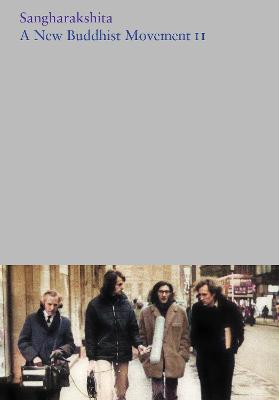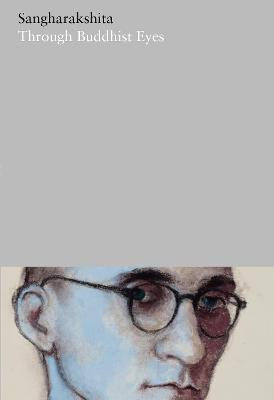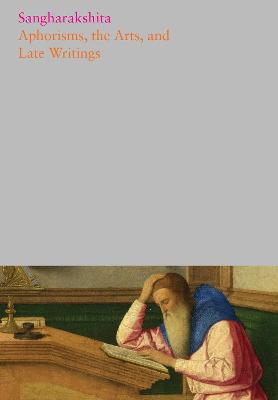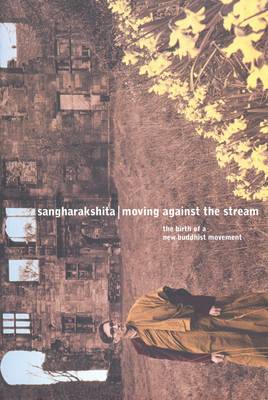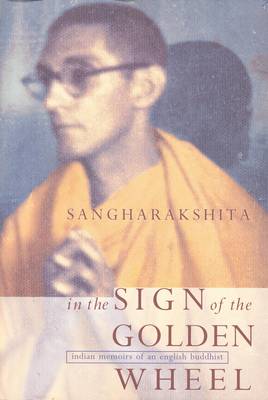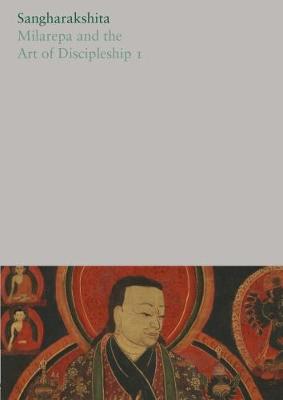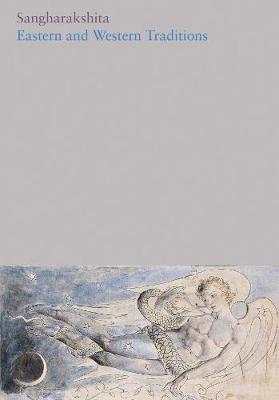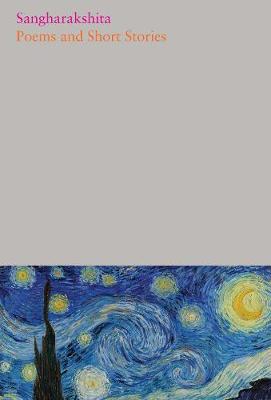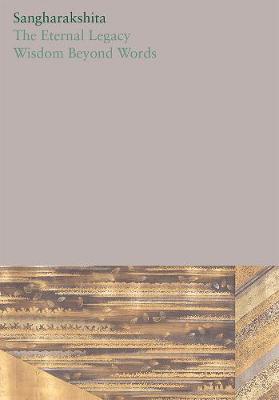The Complete Works of Sangharakshita
4 primary works • 13 total works
Book 9
Book 12
Drawing on a wide range of sources, from the Pali canon and The Tibetan Book of the Dead to Beowulf and William Wordsworth, there are many intriguing perspectives: an exploration of Buddhist psychology, the histories of great teachers like Padmasambhava and Atisa, reflections on going forth, creativity, the demons around and within us, the role of the will in the spiritual life, and much more. The final talks in the volume, given towards the end of Sangharakshita's life, are more personal, and they include reflections on dreams, old age and rebirth.
Book 24
The journey begins with Sangharakshita's return to India in 1979 after an absence of twelve years. There, the vision of Buddhism he longed to see in the land of the Buddha's birth was already coming to fruition in the movement initiated by Dr Ambedkar. It was to remain a constant theme throughout his subsequent thought and writing. The growing network of friendships, teams and communities that make up this pioneering Buddhist movement then come alive in a late twentieth-century world of airports and motorways, of Beat poets, vegetarian pizzas, counter-culture and visionary social activism.
But the travel letters also have a deeper significance; these are, above all, spiritual communications. Whether awed by works of artistic brilliance or enveloped in moods of contemplation, Sangharakshita responds with a combination of keen observation and an ever-present imaginative engagement. Sangharakshita delights in culture, in art and particularly in literature in his letters. This volume supplements the accounts of his adventures with over 800 endnotes detailing the lives and achievements of artists, poets, writers, musicians, philosophers and members of the Triratna Buddhist Order that he references, plus twenty maps and illustrations.
Part reflection, part travelogue, part chronicle of a vibrant new spiritual movement, Through Buddhist Eyes opens a window on the inner life and the outer world of Urgyen Sangharakshita, one of the greatest Buddhist teachers of the twentieth century.
Book 26
The other seven stories form a sequence tracing the relationship between Milarepa and his disciple Rechungpa, from their first meeting to their final parting, when Rechungpa is exhorted to go and teach the Dharma himself. As portrayed in The Hundred Thousand Songs of Milarepa, Rechungpa is a promising disciple, but he has a lot to learn, being sometimes proud, distracted, anxious, desirous of comfort and praise, over-attached to book learning, stubborn, sulky and liable to go to extremes. In other words, he is very human, and surely recognizable to anyone who has embarked on the spiritual path. He all too often takes his teacher's advice the wrong way, or simply ignores it, and it takes all of Milarepa's skill, compassion and patience to keep their relationship intact and help his unruly disciple to stay on the path to Enlightenment.
Sangharakshita's commentary is based on seminars he gave to young, enthusiastic but as yet inexperienced Dharma followers, and while much can be gleaned from it about the path of practice of the Kagyu tradition, the main emphasis is simply on how to overcome the difficulties that are sure to befall the would-be spiritual practitioner, how to learn what we need to learn - in short, the art of discipleship.
In his preface to the Complete Poems published in 1994 Sangharakshita wrote that his poems 'constitute a sort of spiritual autobiography, sketchy indeed, but perhaps revealing, or at least suggesting, aspects of my life that would not otherwise be known'. He wrote many more poems after that, and more from his early years have come to light. This volume contains all of them, offering a truly complete collection, and also includes six short stories, written over many years and some of them previously unpublished, also shedding new light on the imagination and perceptions of their author. The volume is prefaced by a foreword and two essays introducing the poems in different ways, and also contains edited versions of two talks Sangharakshita gave about specific poems, and a sequence of conversations about his poetry that were recorded towards the end of his life.
The nine texts in this volume, composed over a period of more than thirty years, show Sangharakshita's unfolding insight into the meaning, significance and centrality of Going for Refuge. It includes some of his most important communications to the Order he founded: on the ten ethical precepts, his relation to the Order, and the history of his Going for Refuge. And in reflecting on his own bhikkhu ordination there is a challenge to some of the Buddhist world's most deeply rooted assumptions. Sangharakshita writes not just as a student and scholar but with the devotion of one who himself Goes for Refuge and seeks to share the fruits of his journey with others.
In the story that begins this volume, matters come to a head when Milarepa burns the books that Rechungpa went all the way to India to acquire, but by the end of the volume, Rechungpa is able to set out on his own mission to teach the Dharma. Much happens in between.
Sangharakshita's commentary, based on seminars given in the late 1970s and early 1980s, draws from the stories of Milarepa and his wayward disciple much valuable advice for any would-be spiritual practitioner.

